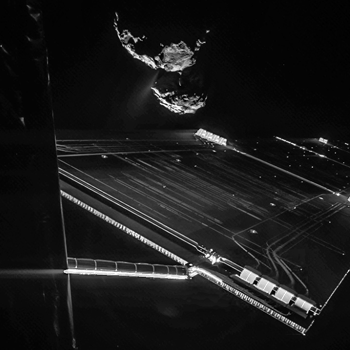Compare and contrast prokaryotic cells, eukaryotic plant cells, and eukaryotic animal cells?
1 Answer
Read explanantion
Explanation:
Prokaryotic cells:
- Mostly bacterial.
- Have a capsule,
- Cell membrane
- Flagellum in some, for mobility,
- They have no mitochondria, since they are small enough, and can respire directly using the cell membrane.
- They have no nuclear, instead of the genetic information floating around the cytoplasm. They also have plasmids.
eukaryotic cells (animals):
- Have a cell membrane, with a phospholipid bi layer, which is permeable to some molecules, such as water, whilst impermeable to larger molecules such as glucose and charged ions.
- Have a cytoplasm.
- Have mitochondria, which is a double membrane bound organelle, with folded inner membrane giving it extra surface area for maximized respiration, which occurs in the channels with liquid called the matrix.
-
They also have ribosomes, where protein synthesis, with using tRNA molecules and mRNA molecules (process known as translation).
-
They also have golgi apparatus, which modifies and packages lipids (triglycerides), and turns it into vesicles for endocytosis.
-
They also have rough endoplasmatic reticulum, which has loads of ribosomes, most of the times near the nucleus, for easy transportation of mRNA molecules. (also smooth ER, for making lipids)
-
Also has nucleus, which stores nuclear information in form of DNA, and has a nuclear membrane.
Eukrayotic cells (plants):
-
have everything that the animal cell has, except for few extra things:
-
They have a vacuole, which has cell sap and keeps the cell in shape.
- Has cell wall, made from cellulose, composed of beta-glucose molecules, which creates strong micro fibrils, and gives the cell strength and keeps it turgid.
- They also have chloroplasts, which releases glucose using photosynthesis. It has granum inside, and chlorophyll, giving it the green color.

